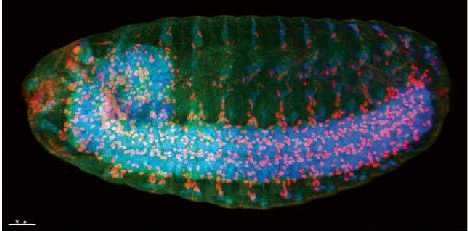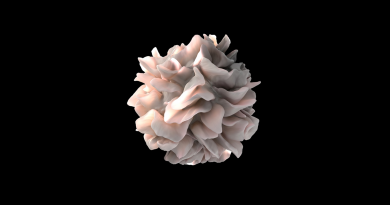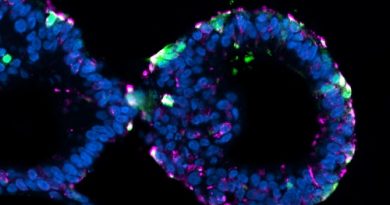Image of the Month: Nervous tissue of the fruit fly embryo
The fruit fly is a valuable animal model to unravel the genetic causes of both rare and more common human diseases. This Image of the Month presents work from Dr. Hugo Bellen‘s lab showing in the fruit fly embryo the location of the protein schizo, which is involved in neural development.

In his laboratory at Baylor College of Medicine, Dr. Hugo Bellen and his colleagues investigate the mechanisms involved in neural development and function in the fruit fly, Drosophila melanogaster. In many instances, their approach includes developing new technologies to manipulate genes and creating the reagents to implement these techniques for most fruit fly genes.
As the Drosophila Core of the Model Organisms Screening Center of the Undiagnosed Diseases Network, the Bellen lab participates in the discovery of unknown human neurological diseases. They also study mechanisms of neurodegeneration associated with more common neurodegenerative conditions, such as Alzheimer’s disease, Parkinson’s disease, Amyotrophic Lateral Sclerosis and Friedreich Ataxia.

Dr. Hugo Bellen is a professor at Baylor College of Medicine, an investigator at the Howard Hughes Medical Institute and a member of the Jan and Dan Duncan Neurological Research Institute at Texas Children’s Hospital.



